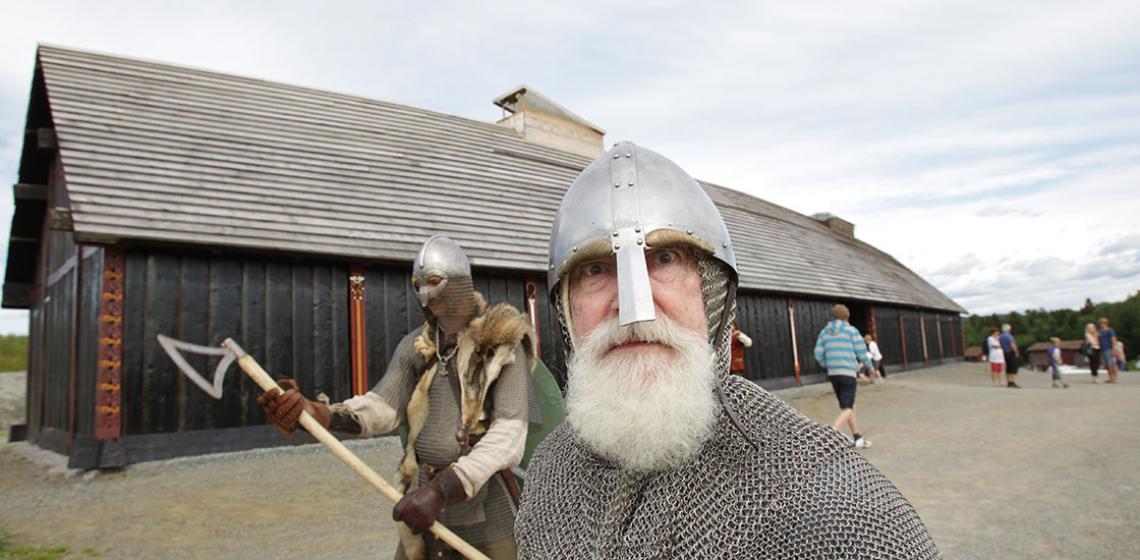
Stiklestad is the battlefield where King Olav Haraldsson fell 29. July 1030, and he became known as St. Olav. The battle of Stiklestad represents the introduction of Christianity in Norway. The consequences of the battle were huge and led to that Norway got its first kingdom which eventually led to the state of Norway. Christianity was accepted as the only legal religion, after the killing of the Viking king Olav Haraldsson here. He became a saint and is today known worldwide as the saint of unification. The battle and the saint king made it possible for Stiklestad to act as a symbol of both Christianity and the kingdom.
The Stiklestad National Culture Centre has since 1996 been responsible for disseminating knowledge about St Olav. "The St Olav Drama" is presented on an open air stage at Stiklestad every year at the end of July. This is the oldest and largest open air theatre in Scandinavia. The centre offers exciting exhibitions, the Olav Museum, burial mounds and a Folk Museum. Throughout the year there are concerts, theater performances and family arrangements here. Today the centre also includes a culture house, a medieval farm Stiklastadir as well as an open air theatre and a hotel. A medieval church and chapel are situated in the sphere of the area.
As a consequence of this battle Stiklestad church was erected at the spot where the Viking king Olav Haraldsson was slain. The first wooden church burned down and that led to the building of the stone church which still is to be found at the same spot today. The oldest part of Stiklestad church was built between 1150-1180, most likely by stone building experts from Ireland and/or England. It was built catholic, but from our reformation in 1537 it has been protestant. From the beginning Stiklestad church was a pilgrim target alongside with Nidaros / Trondheim.
